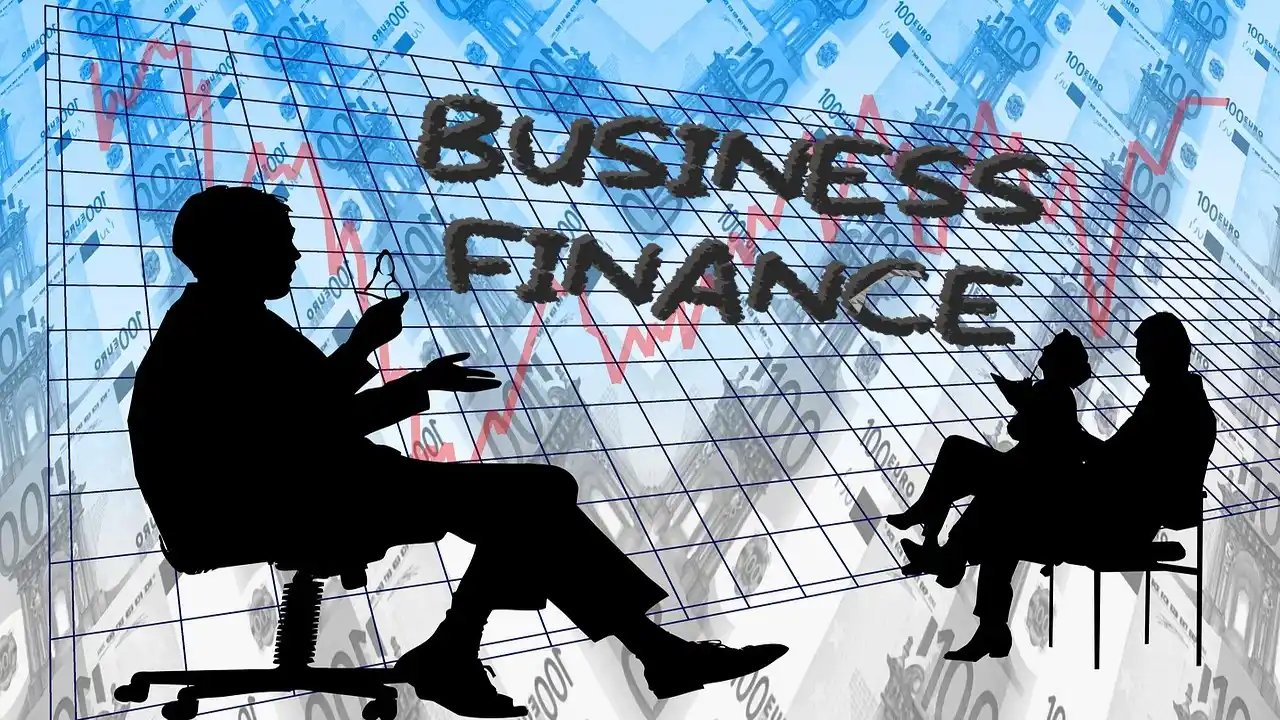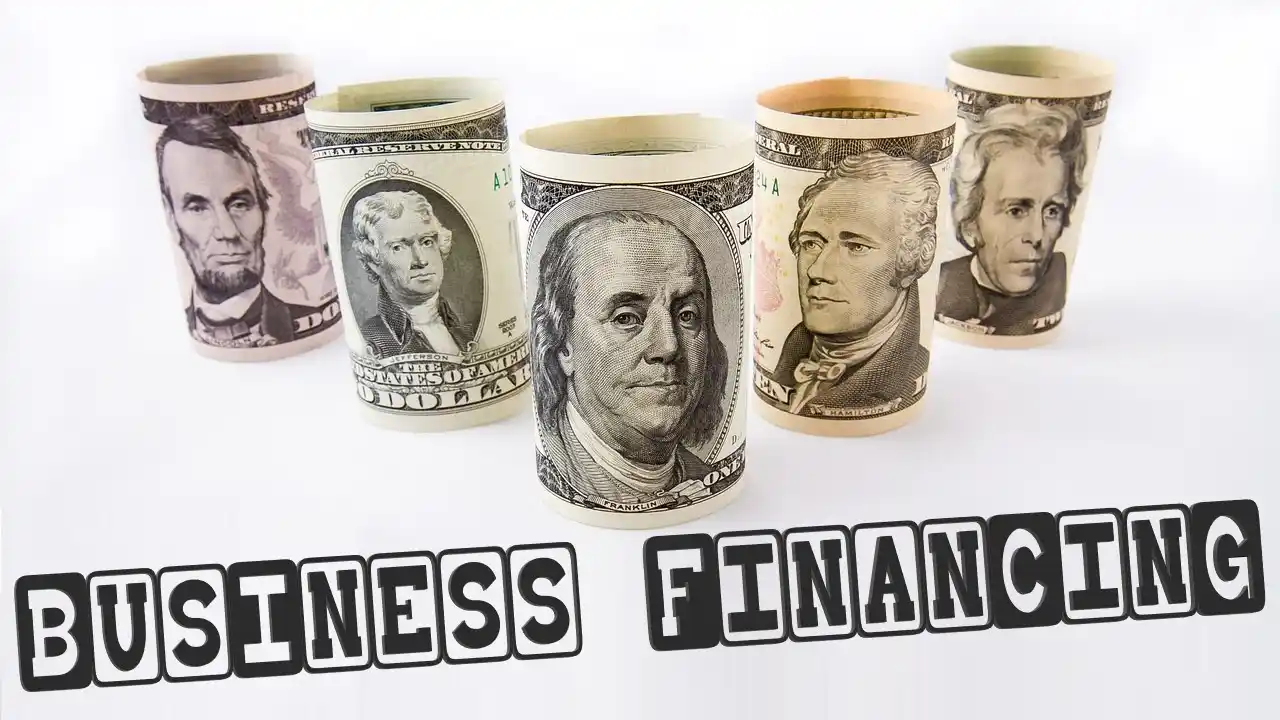Effective and efficient communication can facilitate the free movement of information within an organization. Effective communication has a role in business. It not only assists employees in making better decisions, but also brings them closer together. Each of the four most essential components of effective corporate communication aids a group in achieving its objectives. This article discusses in detail about components of business communication.
After the information has been encoded, it is transmitted through a medium, also known as a channel. Oral and written communication are the two primary means by which labor is accomplished. Oral communication, as its name implies, is when people speak aloud through methods such as face-to-face meetings, teleconferences, and webcasts. On the other hand, written communication is how individuals interact through documents such as reports, notes, etc. Oral communication is the most effective means of sending and receiving information because the sender and receiver can simultaneously connect through words and body language. Because of this, the majority of business events and conferences around the world emphasize verbal communication and establishing human connections with attendees.
Components of Business Communication
Every remark, whether spoken or written, is founded on its context. Context is a vast subject with numerous subtopics and subfields. Consideration must also give to a country’s culture and governance. Every nation, culture, and organization has its own method for disseminating information. External information also include in the context. An external stimulus can be a meeting, a letter, a memo, a phone call, a fax, a note, an email, or even a casual conversation. You are required to respond to these external signals by either speaking or writing.
Body language is another method that people communicate with one another. Internal stimulation includes your thoughts, attitude, likes, dislikes, emotions, experience, education, and sense of self-confidence. Something externally derived includes the universe as an example. All of these characteristics have distinct effects on how you communicate with others. When the sender considers all of the aforementioned context factors, he or she can effectively communicate. Continue reading to become an expert on components of business communication and learn everything you should know about it. To learn more about the process of business communication, read this article.
Receiver + Decoder
The individual to whom the message is directed, addressed, or targeted becomes the recipient or decoder of the message How well the decoder understands the message depends on a number of factors, including the decoder’s knowledge of the recipient, the recipient’s receptivity to the information, and the encoder’s confidence in the decoder.
Context
The location of a discourse can have an impact on what say. This setting could be a physical setting, a social setting, a temporal setting, or a cultural setting. Every discussion requires a context to continue. The sender determines the appropriate word to use in a given situation. This is other components of business communication.
Medium
Messages can transmit and receive with the assistance of a means. The person delivering the message is responsible for selecting an appropriate method to ensure that it reaches the intended recipients. Choosing the appropriate method of communication is essential to ensure that the intended message receive and understood.
How you speak depends on what you wish to communicate. When a message must reach a limited group of individuals, for example, individuals actively write it down. On the other hand, direct communication is utilized when the recipient must respond immediately to clear up any confusion.
Encoder / Sender
The sender or coder is the individual who actively transmits a letter. The sender uses symbols such as words, images, and other visual aids to convey their message and elicit the desired response. Consider a training manager instructing a group of new employees on proper job performance. The sender of the message could be anyone, group, or organization.
The opinion, history, technique, skills, competencies, and general knowledge of the presenter have a significant impact on the message. Whether or not the intended meaning of the message convey crucially depends on the active use of both verbal and nonverbal symbols. This is important components of business communication.
Message
The message is the central concept that the sender wishes the recipient to grasp. It is a message that motivates someone to act. The first phase of communication is determining what will say. The story’s central idea must explain so that everyone can comprehend it. This is another components of business communication.
Feedback
Feedback is the most essential aspect of communication because it allows the sender to gauge the message’s effectiveness. It aids the sender in ensuring that the decoder will correctly interpret the message. You can provide feedback either explicitly or through body language. (in form of smiles, sighs, etc.). It can also demonstrate in writing, such as memos, reports, etc. These is good components of business communication.
FAQ
What is the First Step in the Communication Process?
The first component of communication is the originator, also known as the speaker or source. The sender wishes to communicate something to the recipients, such as an order, a request, a query, or an idea.
What is the Significance of Business Communication?
Some ways that communication can increase employee engagement include: Provides the means to learn more about the desires and objectives of your personnel. It provides a better understanding of the employee’s objectives and what makes them content. a greater understanding of the skills and strengths of staff members, which might not otherwise recognize.
What Elements Make up Communication?
There are four essential components to the dialogue procedure. This method consists of various components, including encoding, a method for transmitting the information, decoding, and feedback. The shipper and the recipient are the other two components of the process. Additionally, both the sender and the recipient are present.
Final Words
Encoder refers to the individual who transmits the message. In direct communication, the encoding is performed by the speaker. In written communication, the encoder is the individual writing. The encoder will use a combination of symbols, words, diagrams, and images that the receiver can interpret to convey his message and obtain the desired response. In this article, we will cover the components of business communication along with equivalent matters around the topic.






